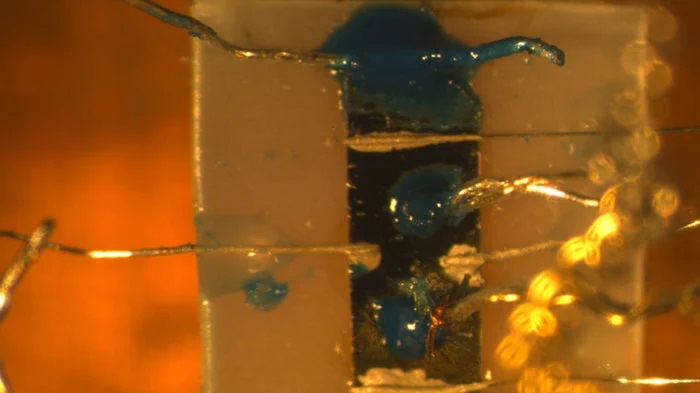Time to re-learn the states of matter?
Egor Babaev, a professor from KTH Royal Institute of Technology has found evidence of fermion quadrupling in a series of experimental measurements on the iron-based material, Ba1?xKxFe2As2, as predicted by scientists some twenty years ago. This is the first time experimental evidence of electron quadruplets has occurred.
Talking about his findings, Babaev said in a statement, “It will probably take many years of research to fully understand this state. The experiments open up a number of new questions, revealing a number of other unusual properties associated with its reaction to thermal gradients, magnetic fields, and ultrasound that still have to be better understood.”

To achieve the quantum state of superconductivity, two electrons within a material bond together instead of repelling each other. These pairings are known as Cooper pairs and are created through the “opposites attract” principle. As we know under normal circumstances, two electrons would strongly repel each other as they are both negatively charged particles but in case of Cooper pairs, they attract and form a strong bond.

At low temperatures in a crystal, currents of electron pairs don’t scatter from the defects and obstacles, resulting in a conductor losing all of its electrical resistance and becoming a new state of matter: a superconductor. In recent years, this fourth state of matter has slowly started to be accepted worldwide. Babaev’s experimental collaborator at Technische Universtat Dresden, Vadim Grinenko, found the first signs of fermion quadrupling condensate in 2018 and had to be observed for three years in order to validate the findings.
Babaev also stated that fermionic quadruple condensates also break time-reversal symmetry spontaneously. “However, in the case of a four-fermion condensate that we report, the time reversal puts it in a different state,” he concluded.


